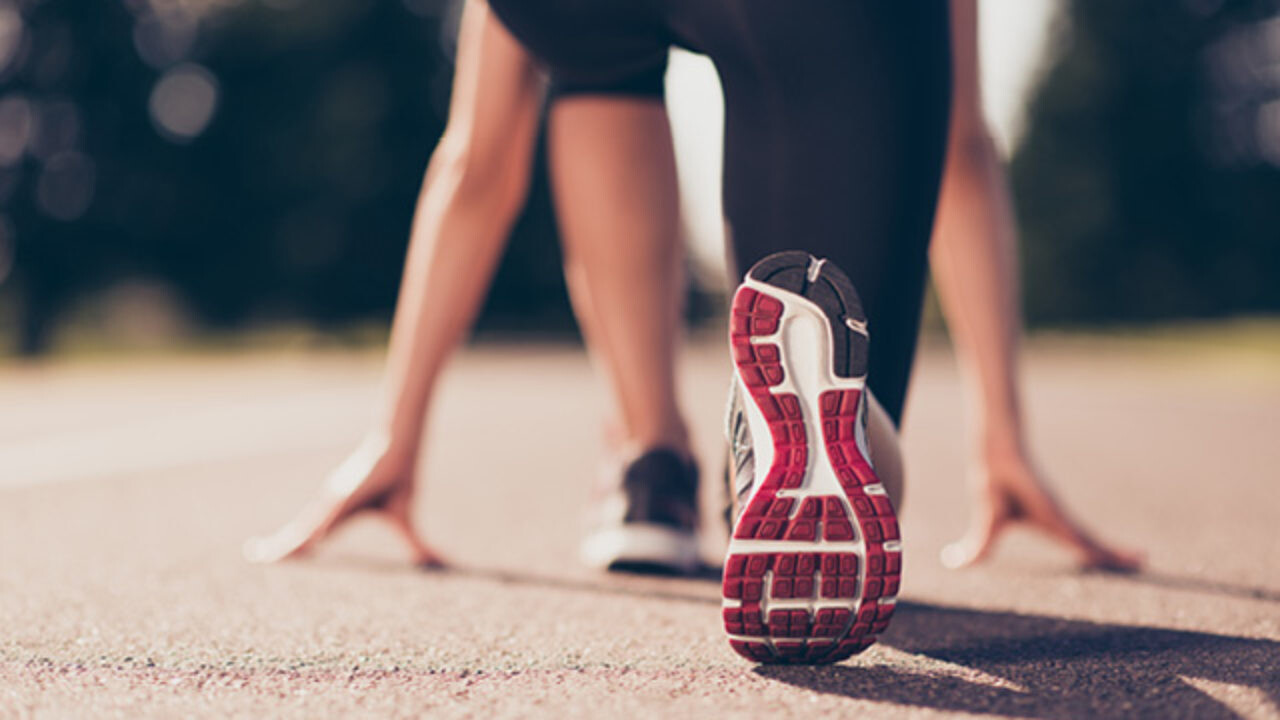Running News Daily
Running News Daily is edited by Bob Anderson. Send your news items to bob@mybestruns.com Advertising opportunities available. Train the Kenyan Way at KATA Kenya and Portugal owned and operated by Bob Anderson. Be sure to catch our movie A Long Run the movie KATA Running Camps and KATA Potato Farms - 31 now open in Kenya! https://kata.ke/
Index to Daily Posts · Sign Up For Updates · Run The World Feed
Expert tips to prepare for your first 5k
The 5k distance is one of the most popular races in running and it is much-loved among amateur and professional athletes alike.
If you’ve never competed in a 5k race before, there are some things to bear in mind that can help you prepare for the big day.

We asked a select group of fitness and running experts for their top tips and advice when it comes to preparing for your first 5k race.
Here is what they said.

Stick To Your Routine In The Lead-Up To The Race
Peter Keane, Physiotherapist at Physio Motion 3D
In the week leading up to your race, don’t change your routine.
This isn’t the time to be experimenting with new food, shoes, drinks or anything else.
Also, it’s only a 5k! Don’t fall into the trap of thinking you need to load up on carbohydrates, you’re very unlikely to burn off that much fuel.
It’s important to eat well-balanced meals that you’ve been enjoying all along.
On Race Day: Again, don’t make the easy mistake of gulping down lots of water in order to stay hydrated during the race. It’s all about sipping. Sip if it’s hot or your mouth is dry – you’ll often see athletes take a mouthful and then rinse and spit. This is because they’ve stayed hydrated in the days before the race and are ready to go.
In terms of food, make sure you’re not eating anything within two hours of the race. A good pre-race meal that’s loaded with carbs, protein and some fats would be some oatmeal and berries or a bagel with peanut butter.
Begin and take the first kilometer about 10 to 20 per cent slower than you usually would (chances are, this will actually be your normal pace) and this will allow you to finish strong.
Keep your pace slow, steady and even – so you can blast home on that final stretch.
Post-Race: Remember to walk around for at least 10 minutes afterwards. This will your body adequate time to wind down and get your heart rate back to a normal resting state. Do your stretches and refuel.
Give Yourself Enough Time To Prepare For The Race
Amie Dworecki, Running Coach at Running With Life
One thing I would suggest is that people interested in running a 5k give themselves ample time to prepare. This is usually eight to 12 weeks beforehand for someone who has never run before.
The body takes time to adapt, and running is a high-impact sport, so given enough time, the process can go much more smoothly, and with less soreness and reduced chance of injury.
I also suggest that people start out with walking, if they are not regularly doing so. Even five minutes of walking building up a few minutes each time, until they are regularly walking 30+ minutes, three to four times a week.
Then, they can start adding in run intervals. There are many couch to 5k apps and programs available online, with the advantages that they are free and widely available.
However, in many cases it can be a you get what you pay for, and those can be written by anyone, and some have jumps in intensity or frequency that are not appropriate for beginners.
I find it is best to work with a program led by a certified coach if it is available. The advantages are that the program is designed by someone who knows what they are doing, you have someone to ask advice if things are not going well, and you have a group to help support you.
Beginning a running program to the 5k level is as much a mental and lifestyle change, as it is a physical habit. Meeting with a group helps greatly with accountability and that can be key when getting your workouts done. Even an online or virtual group will give this and can be better than trying to go it alone.
I also have 5k training programs on trails. Often the surface of a trail (depending on the area) is much softer than concrete, and for beginners who are not used to the hard pounding on their joints, and/or who may have weight to lose, trails can offer a gentler surface on which to train.
This is also a popular choice for older participants who may not want the jostling of concrete.
If a group is not available, make sure the program is gradual, without sudden sharp increases in running time. And, don’t be afraid to repeat a week if that is what you need to do. This is about reaching the end goal in a way that is successful, versus trying to follow a rigid program that may not be right for the runner.
For an absolute beginner, I have found that starting with run intervals of 30 seconds to one minute is best.
Make sure to include a proper warm-up and cool-down before and after. It doesn’t have to be anything complex. It can be five to 10 minutes of walking with simple stretches that address any areas of personal tightness a person may be experiencing.
I usually suggest running the first race at a manageable pace with the goal being to complete the distance feeling good.
The first race is always a PR (personal record). There will be other races in which speed can be added in as an extra.
Find A Good Place For Your Training And Get The Right Equipment
Ryan Hill, Physical Therapist and Co-founder of The Stride
Running your first 5k is a great goal. It is a race that you can push yourself in, but it’s also a distance for everyone if you put in the effort.
Some of the first things to consider are your goals, how often you can run to train, your fitness level to start, where you plan to train, and if you have the necessary equipment.
When it comes to goals, have one! Maybe the goal is to lose weight, get more fit, or push yourself physically.
Regardless, having the 5k in the calendar gives you a concrete reason to get up and go for that run. It will keep you motivated and engaged in the process.
If your goal is losing weight, then being consistent with running OR walking is the key.
Try to create a habit where it feels like physical activity is a natural part of the day. It can take a few weeks to develop a habit, so having it worked into a 5k training plan is a great way to stay on task.
If your goal is to get more fit or challenge yourself physically, then being prepared to throw in a couple of days of speed work for some variety can be beneficial. Finishing those hard runs can give a great sense of achievement.
Plan to set aside three to four days of jogging per week week and expect to spend thirty minutes to an hour being active on those days.
Typically, we suggest doing your running early in the morning. Morning races are the norm, so it helps to train during the time of day you will perform. The other advantage of starting early is that it gets the work out of the way before all the other life factors arise. It also helps kickstart your metabolism and can help you feel more energized throughout the day.
In terms of fitness level, we recommend that you be able to jog for 10 consecutive minutes before starting a 5k training program.
If you aren’t able to jog for 10 minutes, that’s perfectly fine! Sign up for the race anyways but spend a couple of extra weeks ahead of time doing a jog/walk interval program.
Start with a two-minute jog and three-minute walk x 4. This will be 20 minutes of activity. As it gets easier, increase the amount of time you’re jogging and decrease the time walking.
Finally, have the right equipment. There is no perfect shoe. Your foot is unique to you, so don’t expect the shoe someone else ran in to be what you need.
When you lace up the shoe, you should be able to splay out your toes, and your heel should feel secure in the back of the shoe.
Ideally, the shoe store will allow you to run in the shoe to determine any “hot spots” that you didn’t recognize in the store. While not necessary, having a GPS watch to track your mileage and heart rate can be beneficial.
Finally, reach out to a physical therapist or trainer and get a simple screen performed. They will let you know what muscle groups and motions you should work on to help avoid an injury. One of the best ways to get out of the running is to get hurt on your first race.
by The sport Review
Login to leave a comment




